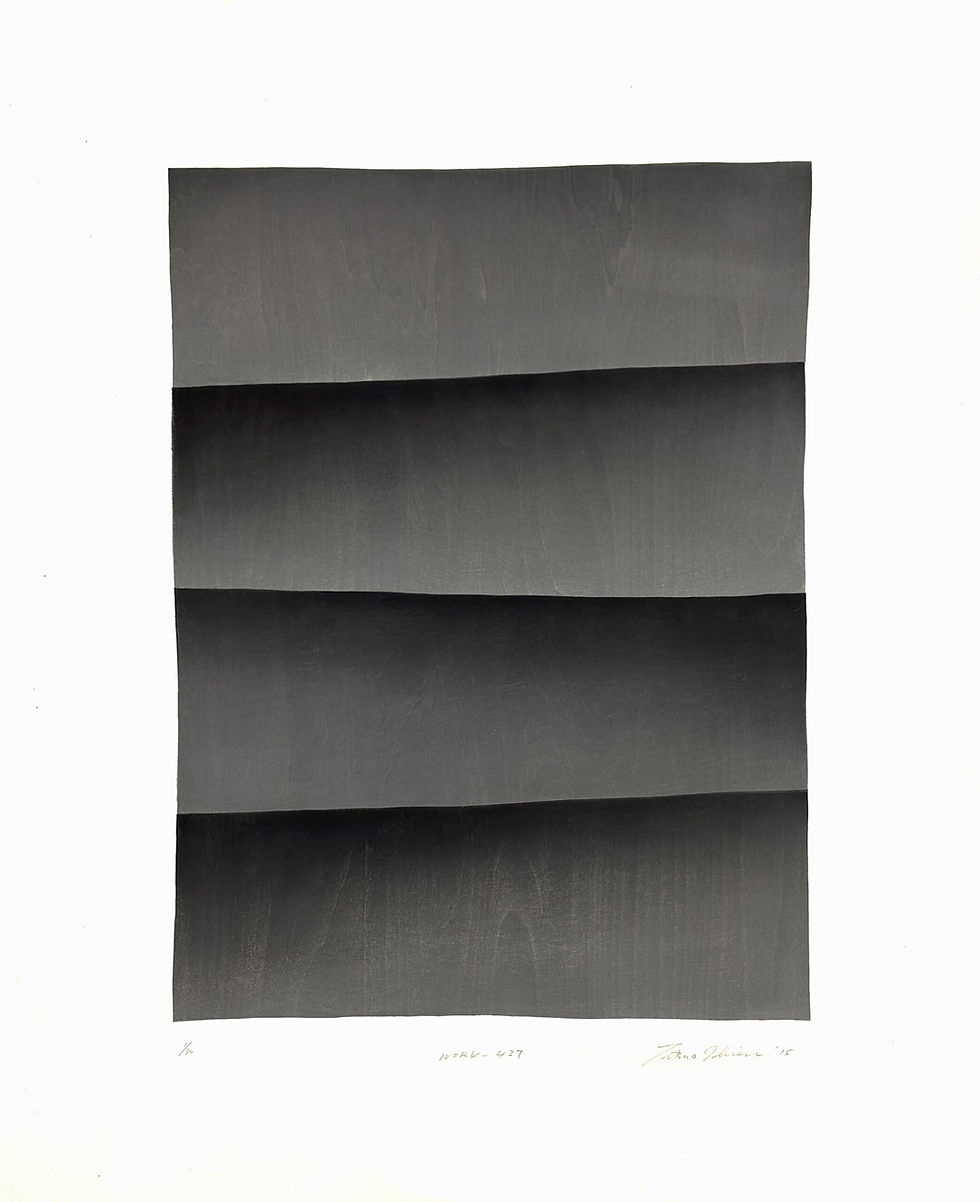The Art of Framing
- hilarytolman
.jpg/v1/fill/w_320,h_320/file.jpg)
- Sep 5, 2020
- 3 min read
Updated: Sep 20, 2020

One of my responsibilities as an art dealer is to educate potential clients about the artwork they are considering for purchase. Once they have made the decision and the piece has found a new home, I have found that it is important to stay involved for one further step (which isn’t to say that I don’t like visiting the prints and their owners afterwards). Discussing what frames will suit the prints best and working with clients in order to find a frame that fits their taste, budget, and the print’s aesthetic is important, because a bad frame job can make or break a customer’s long-term enjoyment in the art to which they have just given a nice home.
Framing is an art and, unfortunately, an expensive one. Part of the problem is not just the added expense to the recently purchased artwork, but a question of perception – few things in life are so out of line in terms of actual price as compared to people’s idea of what the cost should be. I am not a framer, but I believe costs are probably related to manpower hours to make the frames, the amount of inventory needed to keep on hand to offer a myriad of choices to the customer, and general spiraling costs of materials. As well as budgetary considerations, there are both practical and aesthetic ones to address before framing a piece of art.
With works on paper, conservation, in terms of the backing and the selection of glass are extremely important. Your print is going to stay in that frame for a long time, so acid-free mounting is crucial in order to best preserve the artwork. Glass choice is often a question of budgetary constraints, but museum quality glass is the way to go if at all possible. If not, discussing the next best option with one's framer, one that will eliminate as much UV light as possible to avoid the image fading over the years is a must.
To my taste, when framing abstract art, the simpler, the better. The art should suggest the frame, and, in the case of contemporary Japanese prints, this often means sleek silver or gold frames, or simple wooden or lacquer ones. They enhance the art without overpowering the image.
Matting a print also highlights the image and, again, I feel that restraint is the way to go and often counsel off-white or a neutral. That being said, a simple black mat can add drama to a piece, as can floating it, which basically means placing it on top of the mat rather than behind it. I often suggest this for the pieces that I sell that are made on mulberry paper – the rough edges of the paper feel like an intrinsic part of the finished piece and it would be a shame to hide this and eliminate a textural element that brings the work to life. An accent mat can also be nice, and is a favorite of the Tokyo gallery staff. Accent mats reintroduce a color that is in the print and bring it to the foreground of one’s vision by tricking the eye since it is seeing the color twice.
Make no mistake, proper framing is an intrinsic part of art collecting and of the enjoyment of one’s art collection. In the early 1990s, the Tolman Collection of Tokyo held one of its monthly exhibitions, showcasing a number of new, small lithographs by Toko SHINODA. As an experiment, each lithograph was framed in four different ways and grouped together on the wall, The number of people who really liked one print, but not another, was astounding, considering that they were looking at exactly the same image when they made that statement. The difference in framing was such that they saw a different image as well and, of course, to each his own in terms of frames too.
To illustrate my point, as you can see below, again with the works of Toko SHINODA, here is the same print, framed in two distinct styles. The lithograph Profusion (1998, ed. 35) looks very different in each one.
I am always happy to accompany my clients to their framer, or mine, for a bit of advice and hand holding. Not only do I consider it my responsibility as an art dealer to find my prints a good home but, once the home has been found, it behooves me to ensure that the owners enjoy the art as much when they look at it every single day as they did when they first laid eyes on it when I showed it to them and they fell in love with it.







